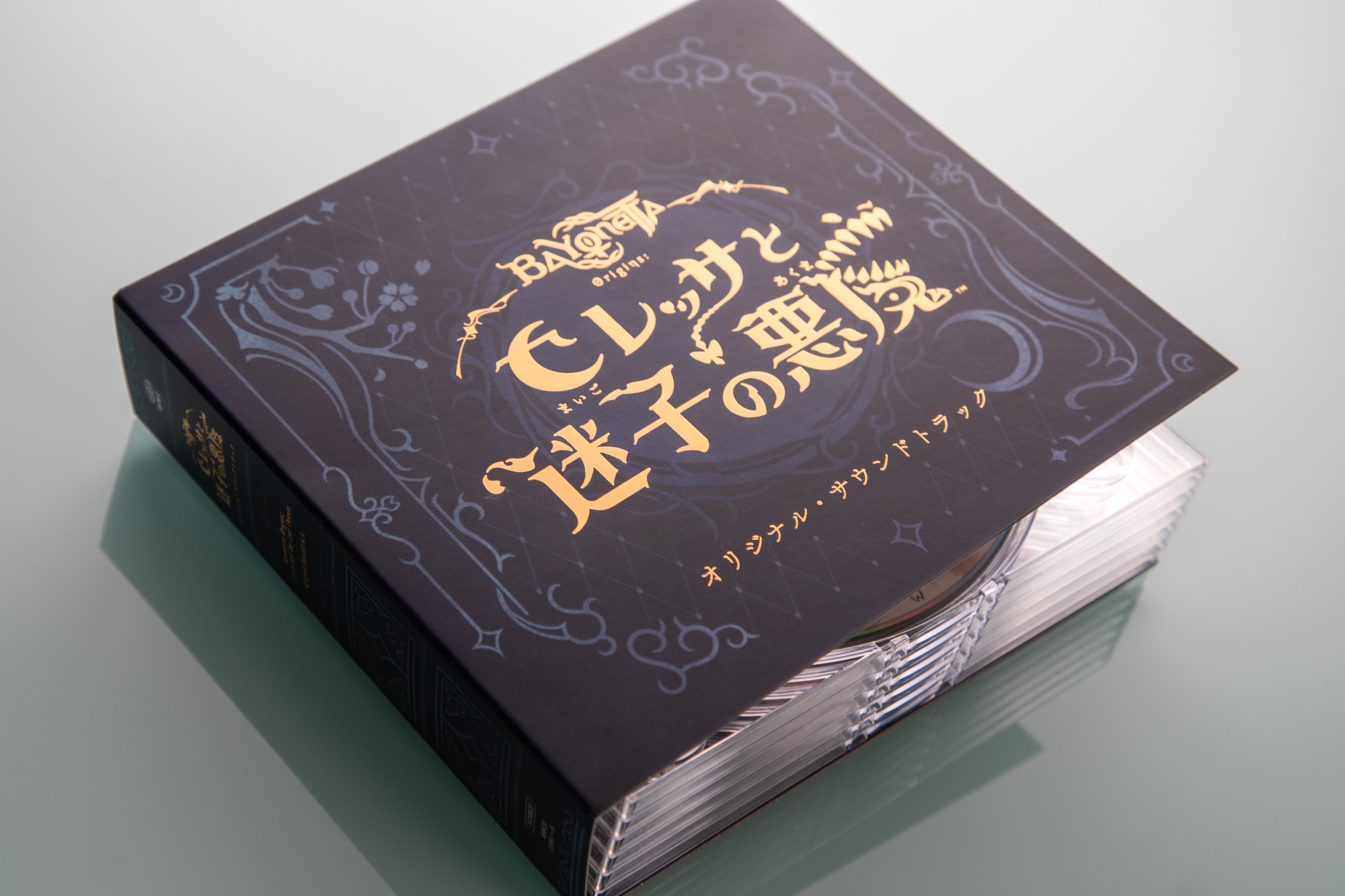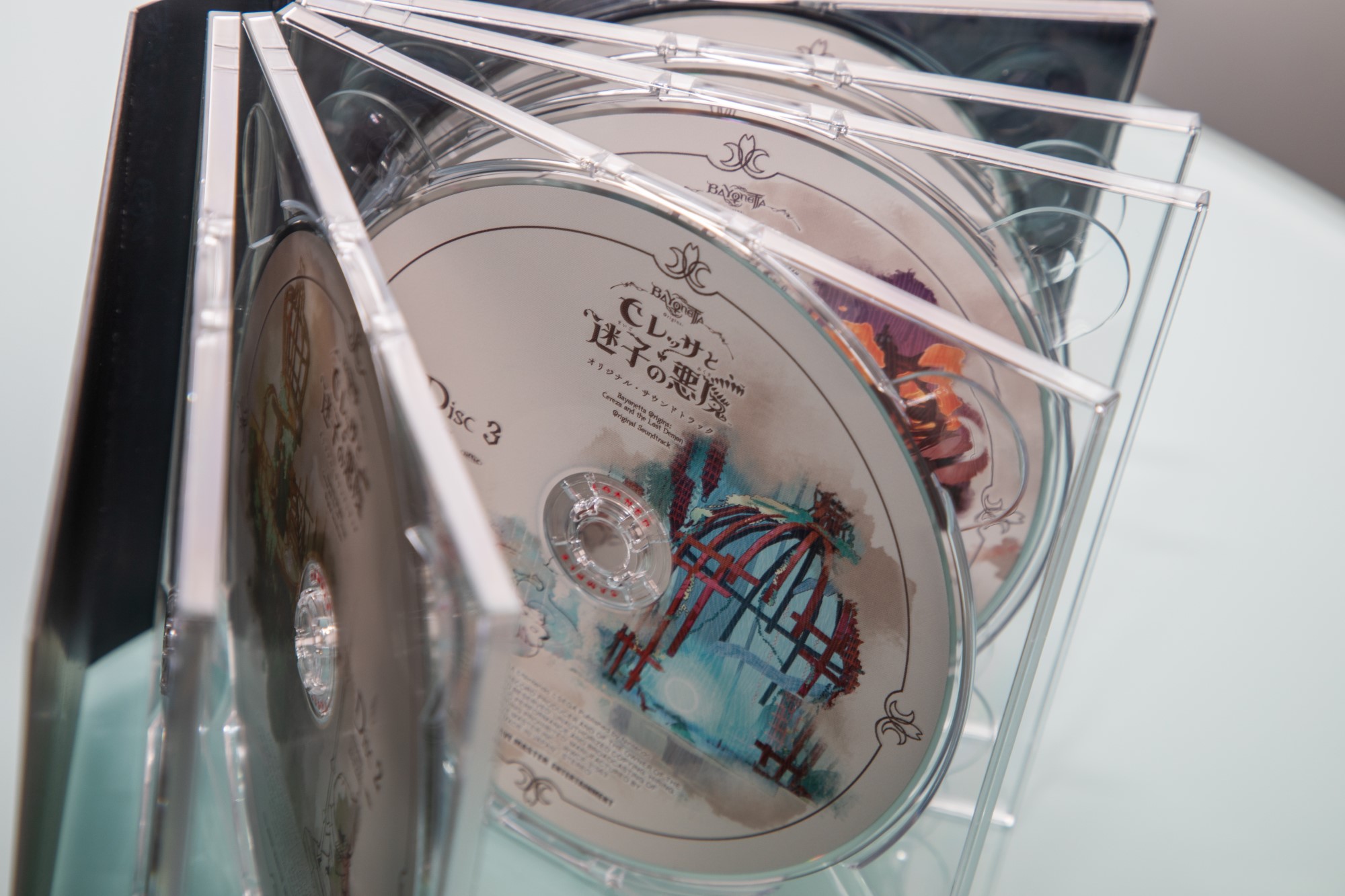Hi everyone! My name is Masahiro Miyauchi, and I was a composer for Bayonetta Origins: Cereza and the Lost Demon. I mainly worked on the production of some level music and cutscene music, as well as many of the jingles you hear in the game.
But before we get into that, the release of the Bayonetta Origins: Cereza and the Lost Demon official soundtrack is getting closer! The 6-disc set contains 150 songs in total! Read more about each song in the booklet provided and immerse yourself in the music of Bayonetta Origins: Cereza and the Lost Demon!
Soundtrack only available for sale in Japan but ships worldwide from some online retailers.
Bayonetta Origins: Cereza and the Lost Demon
Original Soundtrack
Release Date: December 20, 2023
Label: WAVE MASTER ENTERTAINMENT
Official Website (Japanese):
https://www.wave-master.com/ent/bayonetta-origins-ost/Also available to download/stream worldwide:
https://nex-tone.link/A00134426_ww
Some services may not currently be available in your region.
That’s enough of that for now. In this entry I would like to delve deeper into some of the creative expression that we managed to bring out through piano, focusing on the jingles that you hear in the game.
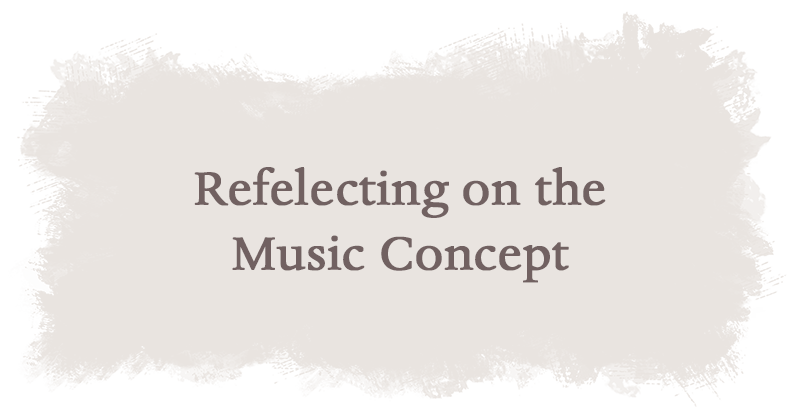
As previously introduced in the Bayonetta Origins: The Concept behind the Music dev blog entry, our concept for the music was centered around delivering the delicate acoustic sound of a small ensemble, placing emphasis on the material feeling of the instruments themselves.
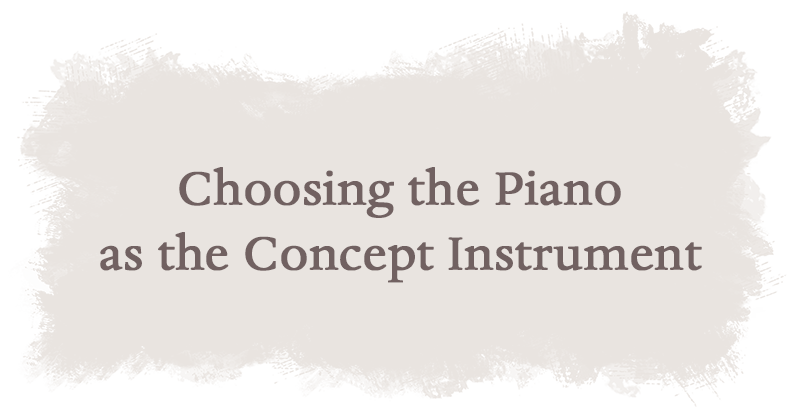
In line with our direction for the music, we treated the piano as the concept instrument for the game, as the piano is (probably) the most familiar acoustic instrument out there. We also chose to have the jingles mainly use piano, as we actively incorporated the use of the instrument into the music. That way we would be able to create a sense of unity in the overall sound.
I think it’s safe to say that the following factors can be cited as the reasons for our direction.
・The piano, which has been used extensively in the mainline Bayonetta games, already had an established presence as one of the musical instruments in the series, and we decided to continue this trend.
・The main visual concept for the game was that of a picture book, and picture books are something familiar and easy to relate to as they are for children. If you were to think of a musical instrument that has been familiar to you since childhood, the piano would surely be at the top of the list.
Dance has been a long-running theme throughout the Bayonetta series, and in Bayonetta Origins, Cereza’s movements incorporate aspects of classical ballet. One of the elements that showcases the connection with ballet can be seen in Cereza’s outfit, which was designed to resemble a leotard. I guess the connection between ballet and the piano stems from my own image of a ballet company practicing with a pianist by their side.
I already mentioned that we used the piano in the past Bayonetta series. However, Bayonetta Origins tells a story of a much younger Cereza. In addition, we placed emphasis on achieving a delicate and acoustic sound of a small ensemble and accentuating the ballet motif. While talking with lead composer Aoba Nakanishi, I sensed that although piano has been a common element in the series, this time it needed to fulfill its role with a different feel sound-wise compared to the previous Bayonetta games.

You hear it in so many types of media, including games and movies. Sometimes it’s there as one element among many instruments, and sometimes it’s there lyrically as a solo piece. The piano is one of those instruments that most people are very familiar with both as a musical instrument and as music itself.
To express the characteristics of Bayonetta Origins and further deepen the expression of the piano instrument that has been used in the previous Bayonetta games, I first went back to the following basic piano elements and explored areas that we wanted to bring out further.
・A wide range of notes, from bass to treble, which could be played on their own.
・Exquisite and fine-grained timbre/tone.
・The ability to produce complex harmony.
I believe that the ability to produce complex harmony comes from the chord part of the so-called “rhythm,” “chord,” and “melody” trio that make up a piece of music, and that this part has unlimited possibilities for artistic expression.
The Bayonetta series has always incorporated jazz-style music (i.e., stylish chords, moody atmosphere, etc.) as one of its main musical characteristics. I thought that a sophisticated and somewhat chill sound, such as that found in the recent jazz scene, including neo-soul and modern jazz, would help express the slightly more fantasy-oriented atmosphere of Bayonetta Origins. I was secretly planning to expand on the creative expression of the music by incorporating the essence and techniques of the music itself wherever and whenever possible. Ultimately, my experiment demonstrated that jingles were the solution!
Since the jingles play instantaneously at specific moments in the game, I placed the importance on the scenes created by the way the sound resonated. So, without further ado, I would like to introduce the various jingles that appear in Bayonetta Origins. Oh! Along with piano sheet music made specially for this blog, of course!
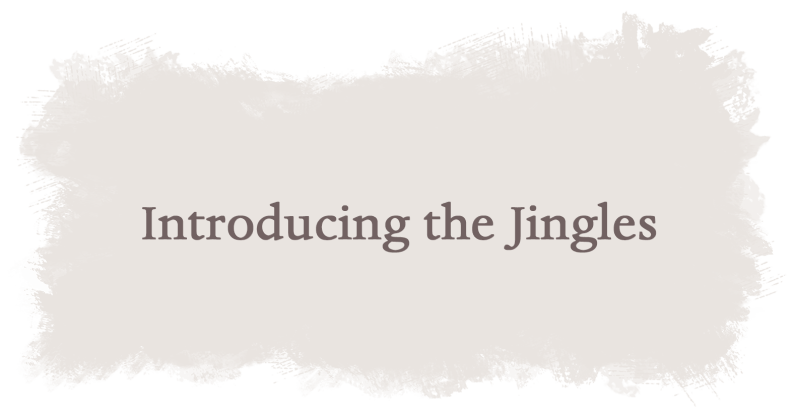
If you have the means to play these, then I urge you to give it a go using the sheet music! We have a variety of pieces ranging from easy-to-play to some challenging ones and I consciously composed the pieces with an acoustic feel to allow people to play these with physical instruments.
Perfect! ~Battle Victory Jingle 1~

This is a victory jingle for when you win a battle. I created this to match Cereza’s fist pump animation and to match the overall tone of the picture. The jingle runs through a wide range of notes and is intended to promote a sense of euphoria at the time of victory.
Showed ‘em Who’s Boss ~Battle Victory Jingle 2~

This is a simple battle victory performance jingle. This jingle was assembled from the last fine-grained part of the jingle to make it sound connected to the regular battle victory jingle. To make the jingle sound more refreshing, I included instances of the musical interval called the fourth for a dignified sound.
Hurry Up, Open It! ~Treasure Chest Jingle: Fancy~

This is a jingle for opening a treasure chest that can be obtained after defeating certain enemies. I wanted to give this jingle a twinkly feel, so I deepened the harmony by adding a few extra notes to each of the chords. These extra notes are called tension. The harmony hinges on the lowest note, and it also proceeds in a different way from the general chord progression, giving it that unique magical touch.
A Sight to Remember ~Remembrance Jingle 1~

This one is a jingle which plays when acquiring memories in various locations around the level. In order to recreate the warmth of the forest, I was conscious of the depth and harmony of the sound that is created after the 3 chimes. The interesting part of the harmony is that the way the sound resonates changes dramatically depending on the choice of sound placement used. This kind of composing function can be called “voicing”.
Let’s Make Camp ~Sanctuary Discovered Jingle~

This jingle plays when you discover sanctuaries in various parts of the forest. The visual expression is as if a torch were being lit, so we created the jingle to give a sense of momentary accomplishment and afterglow.
Good to the Last Bite ~Infernal Fruit Jingle 3~

This one plays as a sound effect of sorts when you get the power up materials for Cheshire. Definitely a cute one! I remember immediately excitedly asking Aoba Nakanishi to check out the song, thinking, “I have to make this a motion matching performance”. I can never play that 3-octave run at the end well, though…
Grant Me Your Courage ~Moon Pearl Jingle 3~

This one is also more of an effect jingle for when you get the power up materials for Cereza. This jingle was also created with keeping the visual expression in mind. It’s my favorite jingle, and I incorporated a lot of influence from jazz music, which I wrote about in the previous section. It has a sad, heart-wrenching feel to it. This is all thanks to the sound design team who did a great job of matching the sound effects.
You’re Safe Now! ~Wisp Rescued Jingle~

The last one is a thank-you jingle for rescuing Wisps from their peril. It’s a charming one-shot. It is actually a play on the opening vocals of the theme song “Le Chéile i bhForaois Sholas na Gealaí” (Together in the Moonlit Forest).

Just as in the previous entry where we shared some sheet music with everyone, Art Director Tomoko Nishii also helped us to put together the sheet music for these eight little jingles. We’re quite excited to be able to share these treasures with all of you and hope that you’ll have as much fun with these as we did when making the game!
Short Pieces for the Little Witch and Demon
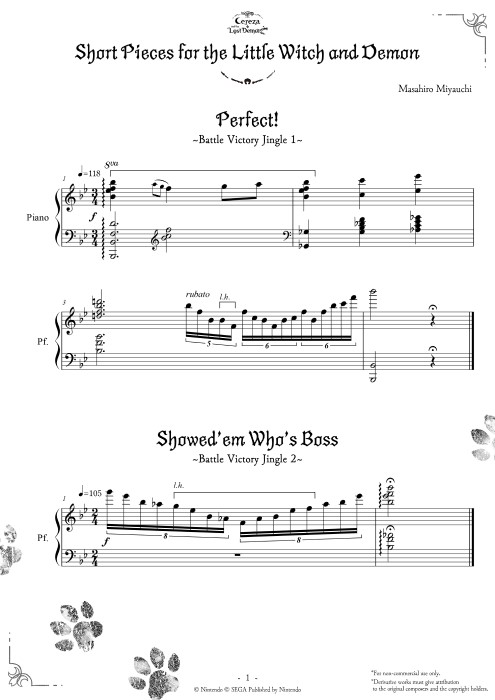 |
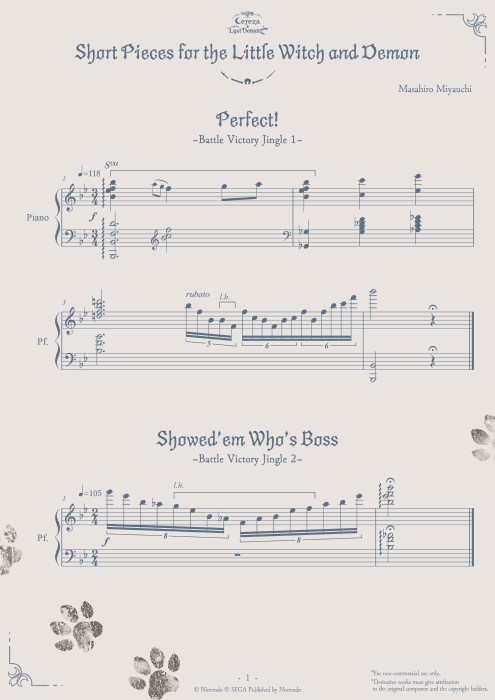 |
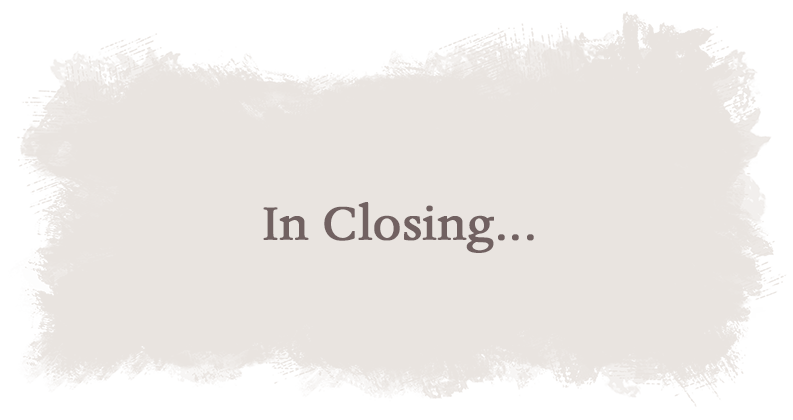
I’d love to know what you think of this entry. I often feel that it is difficult to put into words the role of game music, which makes us feel emotions, recollect all the scenes we experienced in the game, and visualize colors that had stimulated our senses through the overall gameplay journey. I hope you have been able to sense the possibilities of various colorful sounds through the jingles I have introduced here.
Thank you for reading to the end.
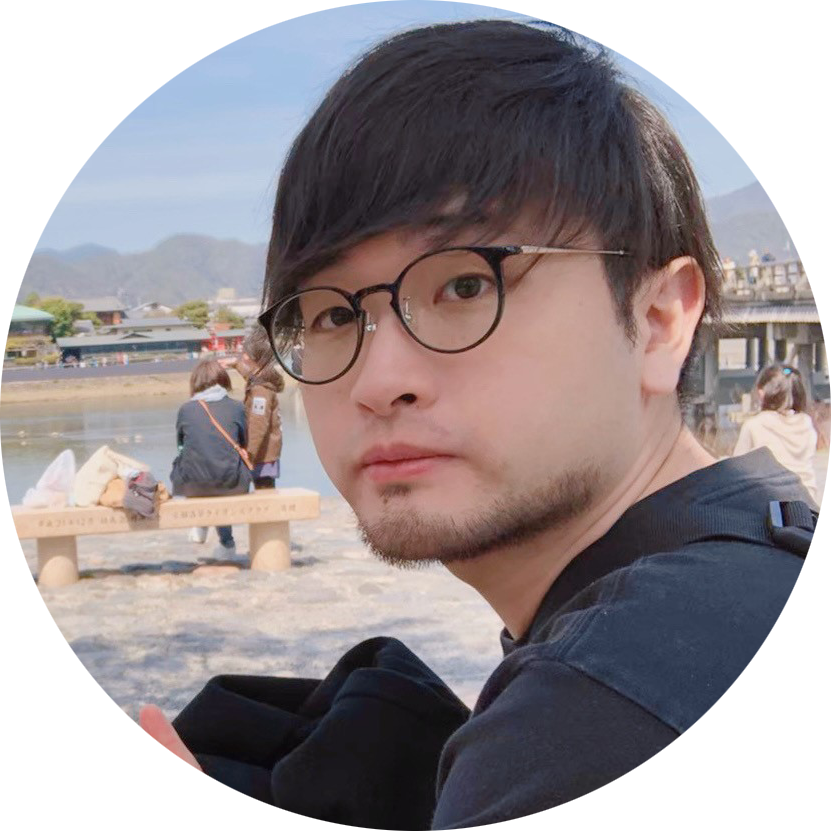 |
Masahiro Miyauchi Masahiro Miyauchi After graduating the Tokyo College of Music (TCM) Composer and Conductor Major – Composition (Music Media Course), Masahiro joined PlatinumGames in 2020. He worked on Bayonetta Origins: Cereza and the Lost Demon as a composer, creating a variety of music, including in-game music. |
